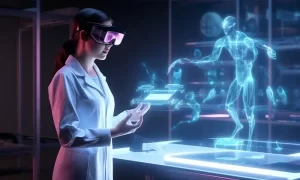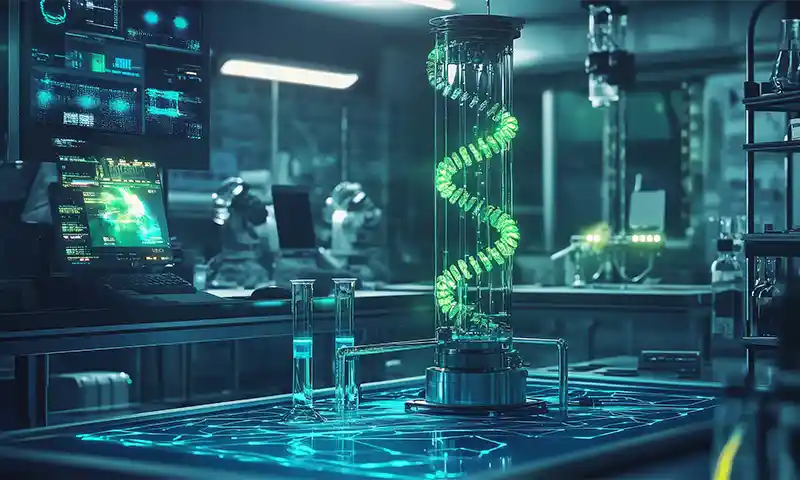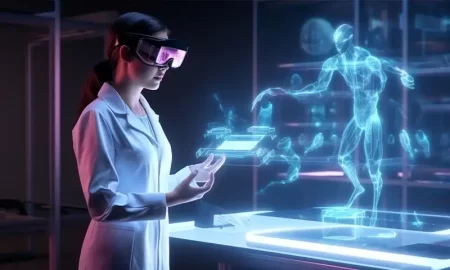Biotechnology
The preservation of endangered species as well as the conservation of habitats are among the most crucial issues facing the world today. There are ongoing anthropogenic changes in the environment, which are leading to a rapid decrease in the population of many species. This has prompted the need for more radical measures. And it is here that the biotechnologists come in as possible solutions to the problem of biodiversity preservation. There is much that can be achieved through Technology that helps in carrying out research in Biotechnology, in terms of saving endangered species, rehabilitating destroyed environments and building a steady state.
What is Biotechnology and its Relevance in Conservation?
Biotechnology may be considered as an applied science, which involves the usage of biological systems or organisms in the development of products and processes or overcoming issues. Biotechnology, in conservation, has become an integral component for formulating appropriate and viable strategies for the recovery of species, and restoration of ecosystems. By virtue of the ability to alter DNAs, keep counts of populations, and control environments, biotechnology offers transformative solutions to the problems that have arisen throughout the plant and animal kingdoms.
The Role of Biotechnology in Protecting Endangered Species
Increased human activities are resulting in the extinction of some species due to, for example, envoirnmental degradation, changing climate, contamination and foreign organisms attack. But biotechnology gives outstanding means of helping to maintain biological variation, build up numbers and even return organisms to their domiciles. Some of the most exciting methods of biotechnology include genetic modification, reproductive cloning, and surrogate mothering.
Gene Editing: Enhancing Resilience in Species – Reimagined
In the realm of conservation, probably the most exhilarating and controversial biotechnical enhancement is gene editing. Tools such as CRISPR can allow scientists to modify the DNA of at-risk species to increase their resistance to diseases and environmental challenges. For instance, editing genes has been suggested in saving the coral reef ecosystem from global warming trends, by designing corals that are hardy to warmer ocean temperatures.
Cloning: Resurrecting the Endangered Species
Cloning is yet another effective method that guarantees the preservation of endangered species. By producing genetic replicas of individuals from an endangered population, it is possible to help maintain or even increase their numbers. Although highly debated, cloning has been effectively implemented with the black-footed ferret and Przewalski’s horse, critically endangered species themselves at some point.
Assisted Reproductive Technologies: Aiding Genetic Conservation
Assisted reproductive technologies (ART) such as artificial insemination and in vitro fertilization are effective measures when it comes to breeding endangered species in environments that require captivity. These techniques tend to maintain the gene pool within the species and also facilitate the rehabilitation of healthy individuals back to the habitat. ART is important for animals which have a low breeding population and cannot reproduce on their own using natural methods.
Biotechnology and Restoration of Habitats
Ultimately, the loss of species is synonymous with the destruction of ecosystems. Technology can aid in the restoration of such ecosystems by producing vegetative and other life forms that aid in the replenishment of such habitats. For instance engineered crops can be used for soil stabilization, water purification and soil enhancement, creating a more conducive surrounding for the fauna.
Tracking and Evaluation of Populations Through Genetic Mapping
Genetic mapping is yet another important biotechnological tool, especially for conservation purposes. The study of the genetics of species populations allows one to evaluate their genetic diversity and help in ascertaining the areas they need to intervene in. Such data assists in shaping the conservation policies and therefore guiding specific measures to be taken to mitigate the loss of species and its well being.
Utilizing Biotech to Solve the Problem of Invasive Species
The invasive species pose great dangers to the natural ecosystems, as they attempt to monopolize on the resources available and displace the existing fauna and flora. Biotech can be explored to manage invasive populations by means of manipulation of their genetic constituents. To politically inclinedcope with such invasive rate, methods such as gene drives are being employed to modify the reproductive states of invasive species so as to reduce their populations and allow native species a chance to recuperate.
Ethical Concerns and Challenges in Conservation Biotechnology
In addition, while the promise of biotechnology is enormous, it is accompanied by ethical issues. Genetic alteration threatens not only the ecosystem as a whole but also individual species that were not the targets of modification. From a philosophical viewpoint, the very controversial issues of cloning or engineering genetic material provoke the question of human intervention in nature’s turn of events. After weighing the good and bad aspect of bio-technology, it is safe to say that ethical concerns cannot be dispensed with in conservation biotechnology.
The Prospective Use of Biotechnology in Conservation Practices
The Provide Towards Future Applications Of Biotechnology In Conservation As The Field Of Biotechnology Develops. Newer techniques like environmental DNA (eDNA) analysis and remote sensing will allow the scientists to manage the ecosystems better. It is envisaged that biotechnology will be applied in a more environmentally friendly manner in the management of threatened species and their habitats in order to mitigate anthropogenic impacts.
Conclusion: A Powerful Tool for Conservation
From the various perspectives where the preservation of biodiversity and the integrity of ecosystems becomes at risk, it is easy to see that biotechnology becomes useful for these aspects. Cloning, genetic mapping (and many others) are biotechnological innovations that allow scientists not only to look at the superficial explanations of species extinction or environmental degradation but also address the real issues. Scientists laud the advantages of bioconsrevation biotechnology although there still ample ethical issues concerns. Provided these developments are used in a conducive environment, countries, which face the threat of extinction of their natural resources, can look forward to the possibilities of preventing the crisis from escalating.












